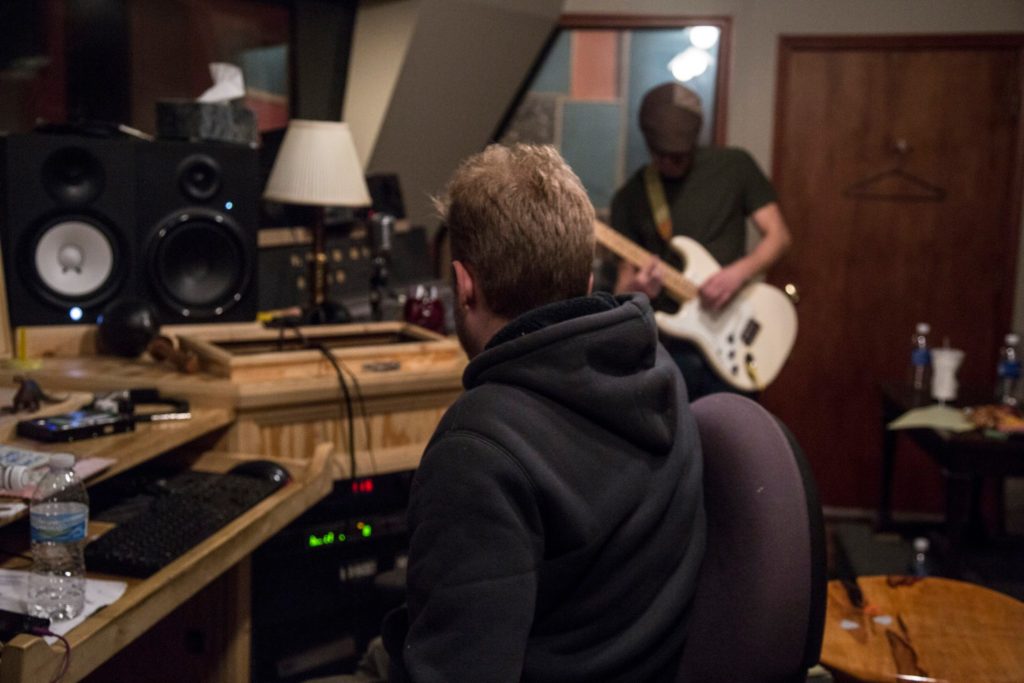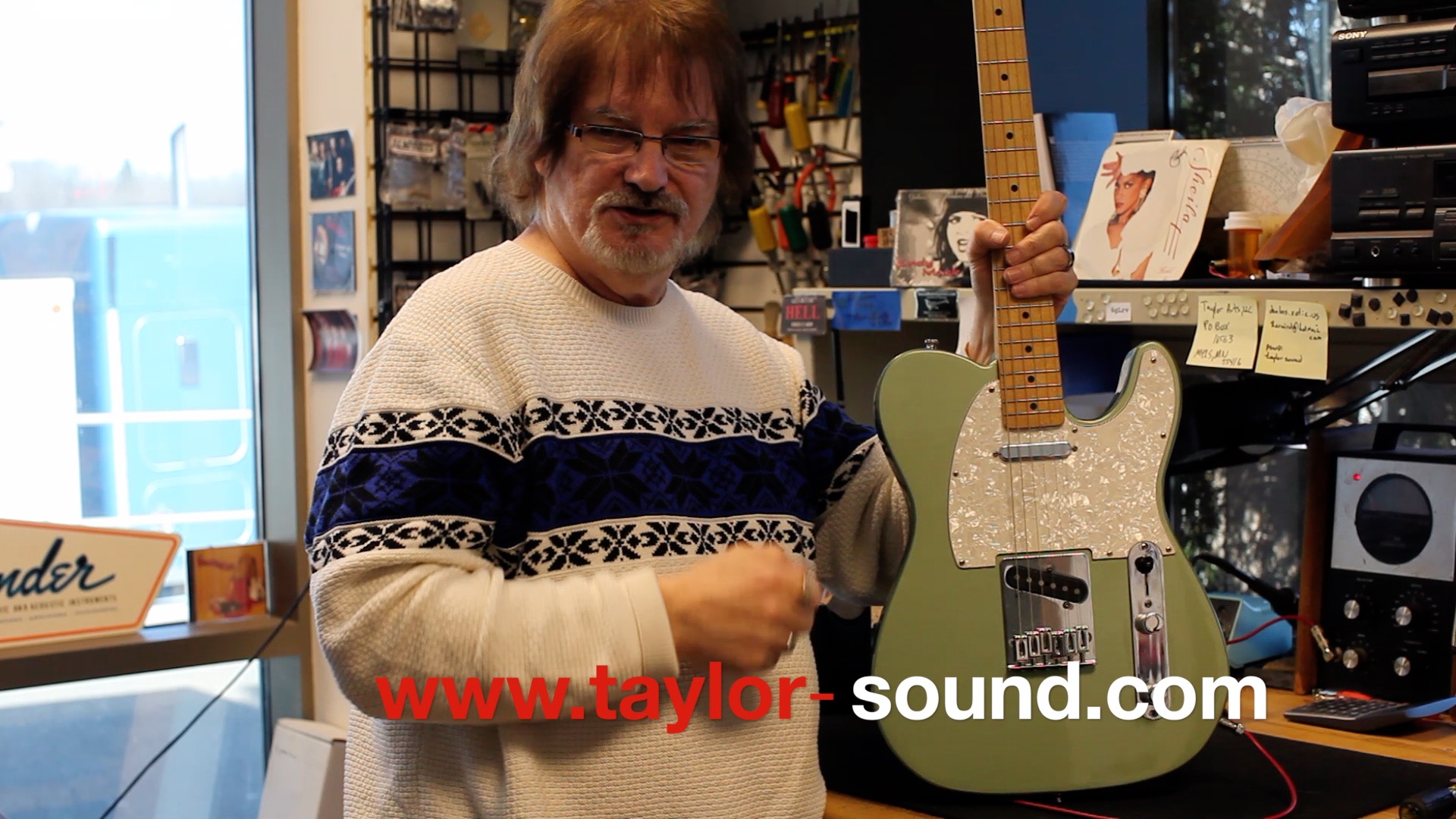Three Tips for a Better Recording
by T. Perry Bowers
I’ve learned a few things over the years when it comes to recording. Some things become so valuable I use them on every session. Here’s three techniques I always use to give me the options I want when the process moves to the mixing stage. Give them a try. Maybe they will end up in your arsenal too.

Snare Drum
The snare is one of the most critical parts of any recording. I always mic the top and the bottom of the snare. A lot of guys will just throw a mic on top of the snare pointing at the center of the drum head. That’s ok, and if you are limited to tracks, it may be all that you have.
But, if you have the option, throw a mic on the bottom of the snare, too. Point the mics directly at the rim – right where the snare meets the rim. The mics should be in a perpendicular line to the floor, pointing at each other (one pointing up, one pointing down).
When you get to the mixing stage, turn the bottom mic down. Mix it in at the right level and you’ll get a really pleasant “snare” sound. At just the right volume, it gives the drum a great crack and breath at the same time. You can turn it up a little higher if your drummer is playing with brushes and that will give you more breath. You can also change the dynamic slightly from song to song to create variety in the sound of your record.
Two Mics on Guitar
If I have the tracks to spare, I’ll always use two microphones on an electric guitar too.
If the guitar amp has two speakers, mic them both. Point one in the center of the cone and one at a forty-five degree angle to the middle of the rim of the speaker.
There is always a sweet spot when placing a microphone. It has to do with the size of the room, the cabinet and the speaker. It’s simple physics. If I’m working with a second engineer I move the microphone back and forth, listening through headphones to find that sweet spot. If you spend the time to find the sweet spot, your overall recording will end up sounding much sweeter.
However even if the guitar cabinet has two speakers, I don’t always mic them both. Sometimes I’ll throw a mic in the middle of the room instead. If it’s an open back cabinet, I’ll direct a mic at the back of the speaker. I may not always use that microphone, but it gives me options. And backup. Every once in a while, a cable goes bad or the microphone itself craps out. Depending on your tracking situation, you may not even notice it. When you use two microphones, at least you have a second option if that happens. If the take has the feel that you are looking for, you can make do with a room mic if your main mic fails.
Room Mic
Using a room mic is a tried and true recording technique. I often use a room microphone when I’m tracking vocals. Natural reverb can sound better than a plug in effect. David Bowie used a technique where he would sing directly into one mic, put another ten feet away and another twenty feet away. He used noise gates so the sound would open up when his voice hit the mic. That slight delay as the sound travelled to the microphones created a signature “Bowie” vocal effect. There are many ways to use this kind of technique in the studio. Budget some time in your studio budget to try new things and experiment. Try not to get too caught up in getting it done. Playing around and having fun in the studio is often where you find the magic.
Bonus Tip: Tweak it More
When using a room mic, you can use material to deaden the reflections coming from the back of the microphone. For example, hang a moving blanket in back of the mic. It really increases your odds of using that mic in the mix. If you throw a mic in the room without considering its placement, you’ll find you end up touring it off in the mixing process. If it’s for a drum set, think about what the kit sounds like and what you might like to highlight. If you want the cymbals to stand out, put the mic up high. If you want more low-end, place it low. Little tweaks make a big difference.

